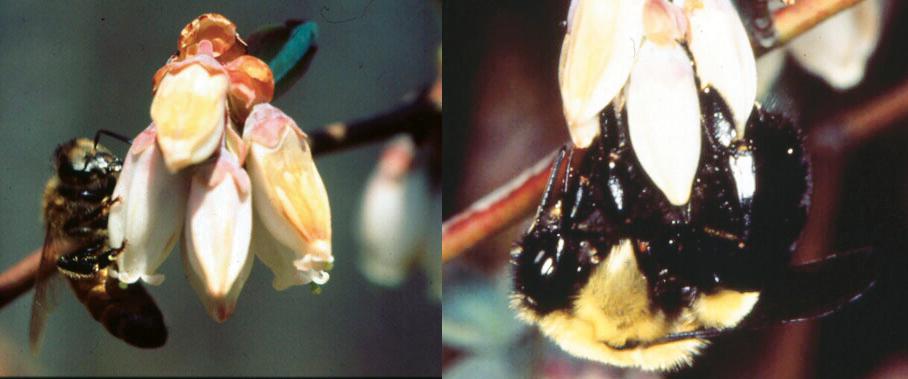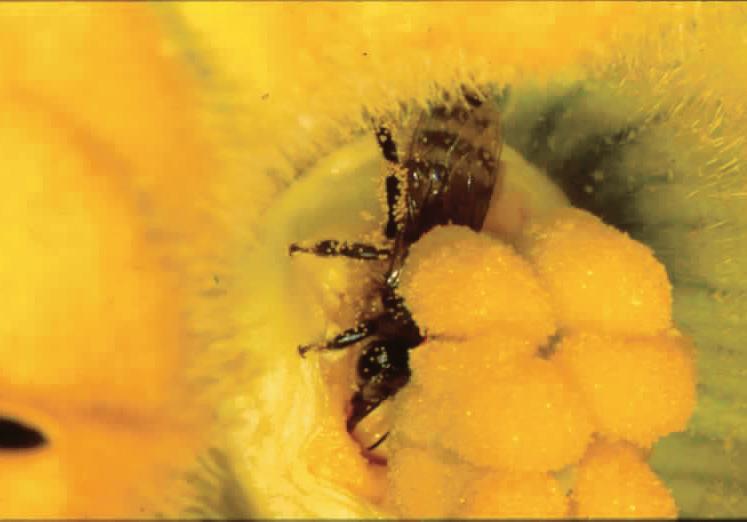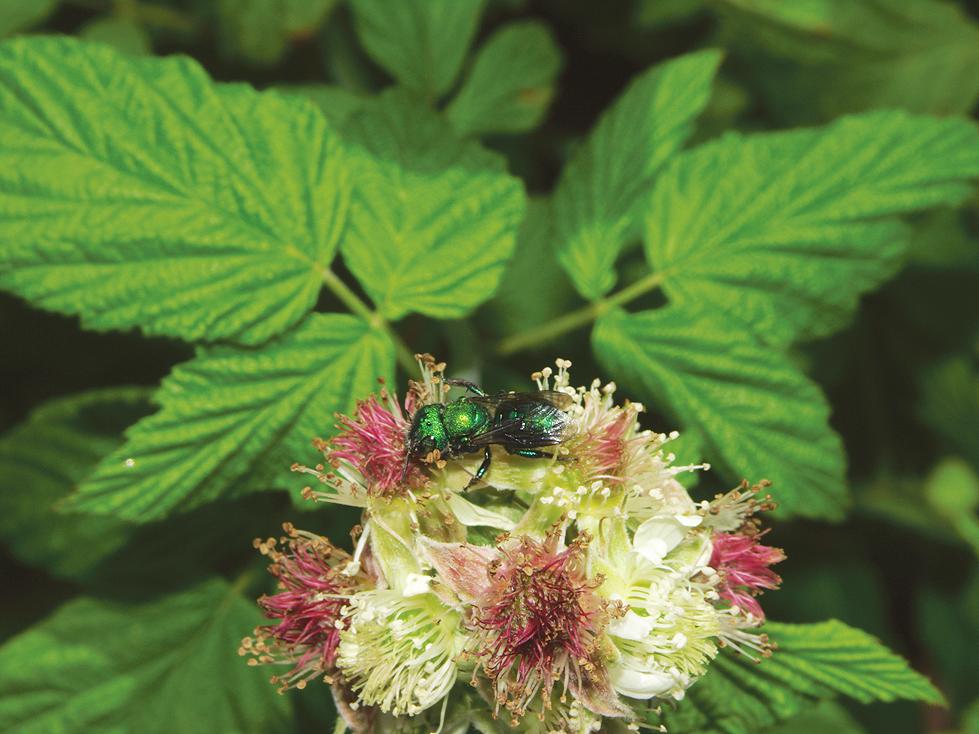
Beekeepers interested in supplying honey bees for any crop that requires pollination—for example, apples, blueberries, or pumpkins—should educate themselves about how and when the crop blooms and which bees besides honey bees can help (see Table 1.2). Mason bees are excellent pollinators of apples, which bloom in early spring, often during inclement weather. Bumble bees and anthophorids with long tongues are excellent pollinators of blueberries, which have a long corolla (Figure 1.6). Squash bees, Peponapis (Figure 1.7) and Xenoglossa, are curcubit specialists and can outperform honey bees. These solitary, ground-nesting bees, however, cannot be managed or cultivated, but they are found throughout the United States, often in large numbers and on most flowering curcubits.

The beekeeper and grower should know the best time to introduce honey bees (before or just after bloom begins), what other bees can help, and which flowers yield sufficient nectar and pollen to maintain the large colonies (Figure 1.8).

Pumpkins, for example, only bloom in the morning and do not yield much nectar. Colonies will require large stores of honey or supplemental feed during and particularly after pumpkin bloom to stay strong and adequately nourished. A beekeeper and grower cannot assume that all flowers are equally profitable for bees. It helps if both beekeeper and grower think like a bee.
